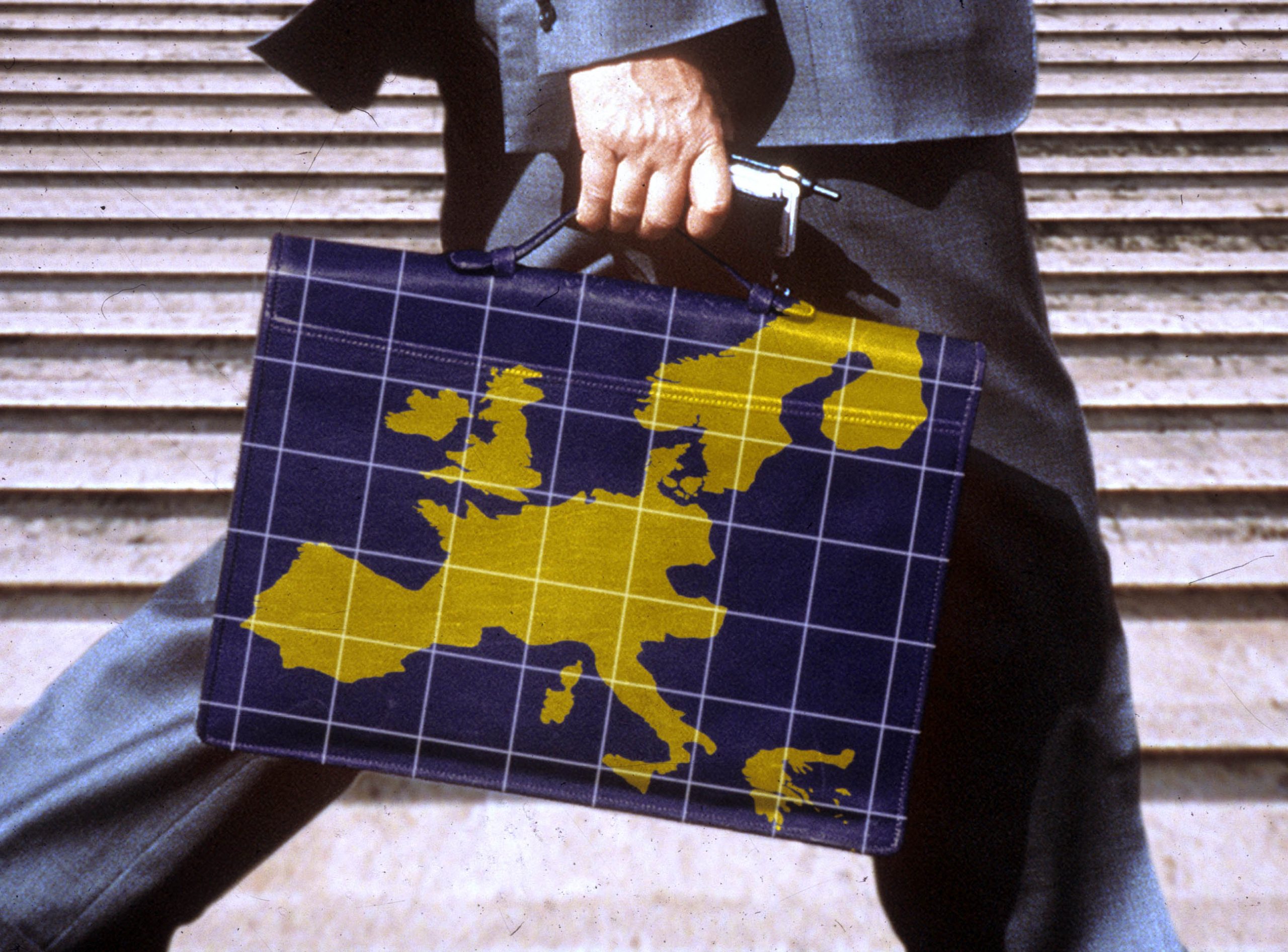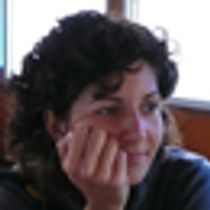The European Research Council (ERC) has just financed 135 research projects thanks to its call “Proof of concept” 2015. Happening for the third time, the funding were Euro 150.000 for each initiative to be used for multiple purposes, such as patent registration, market analysis or for technical validations.
The financed activities are quite innovative. For instance, a treatment for inhalation drugs and reverse-engineering of the medieval building processes to renovate the architectural European heritage are among the supported projects. Broadly speaking, initiatives are all related to a variety of themes in the field of physics, engineering, life sciences and social ones. ERC received 339 applications providing 20 million Euros as a total amount of funding.
Carlos Moedas – European Commissioner for Research Innovation and Science – described the ERC’s call as a bridge filling the gap between the academic world and the labour market, supporting innovative research that creates employment.
ERC’s President, Professor Jean-Pierre Bourguignon, was also very enthusiastic, stating that “the funding strengthens the entrepreneurial spirit of research groups” and makes it possible to transform ideas into feasible solutions at the society’s service.
The selected researchers are active in 17 countries of the European Union, from the UK to Cyprus. Among them, 7 come from Italy.
A successful story is the one of Nicola Pugno. Researcher at the University of Trento, he started working to create one of the world’s toughest fibres. For this reason, in 2012 he was awarded with the ERC Starting Grant to study bio super nanomaterials. This year, the funding will help him to produce one of this material, i.e. the a bionic silk fibre. The latter is obtained by feeding silkworms with particular graphene nanomaterials. So doing, the worms will increase their ability to spin long fibres, which are then enriched with these nanoreinfiorcements to produce a super-strong and multi-purpose fibre.
Follow @castaritaHK

